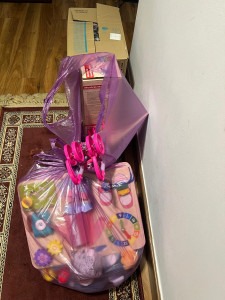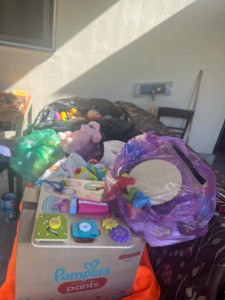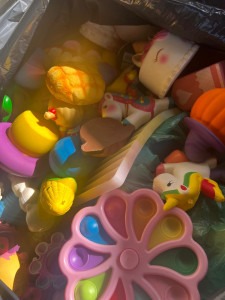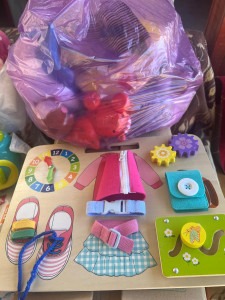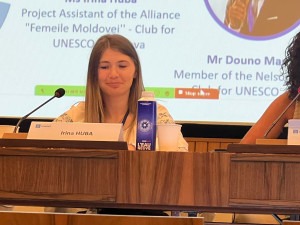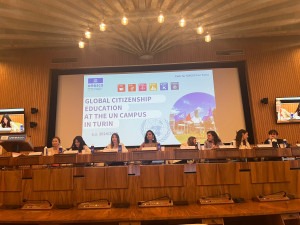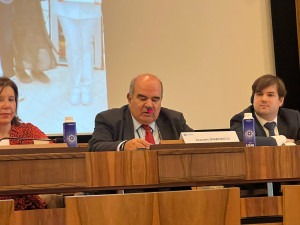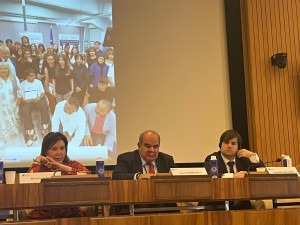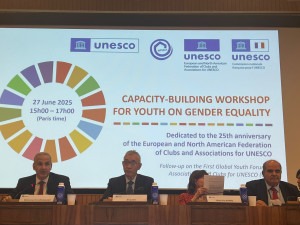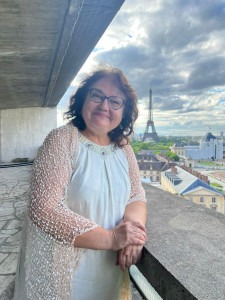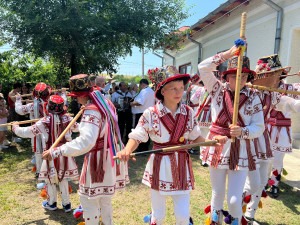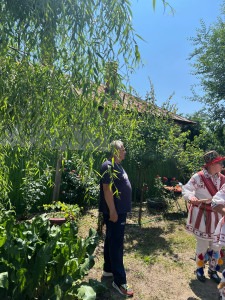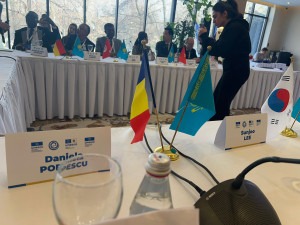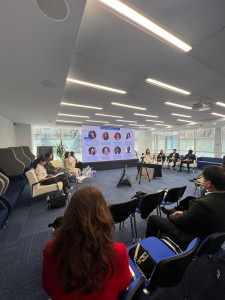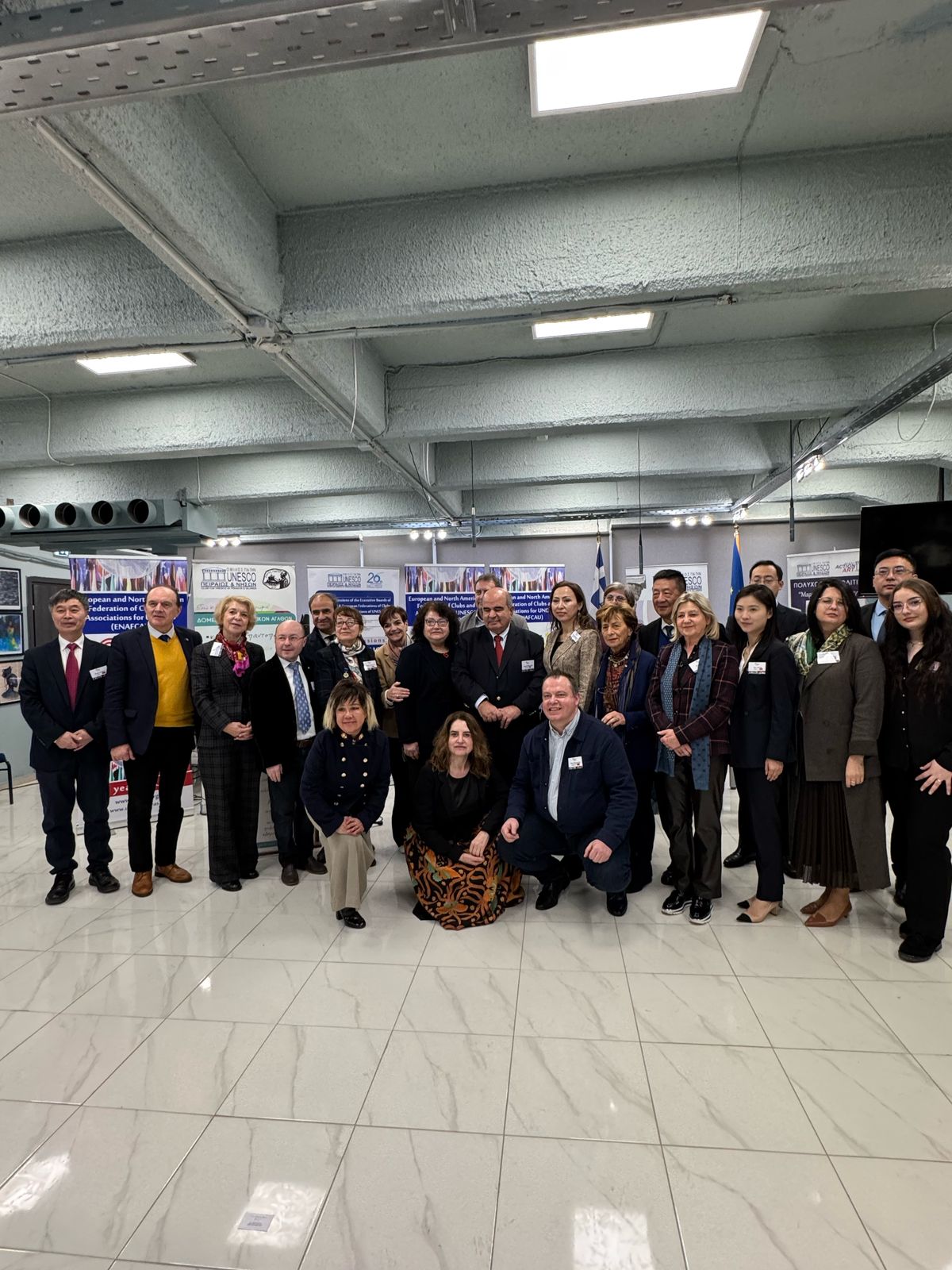The first international workshop entitled Metamorphoses[2] was organized in Sinaia[3] (Romania) from 19 July 19 to 26 July 2009, with the participation of 16 persons including 11 young people issued from seven European countries: Bulgaria, Cyprus, Greece, Italy, Serbia, Republic of Moldova and Romania. The list was completed by four experts. At the same time a group of children (7-14 years-old) from Sinaia and Paris worked under the supevision of a Romanian painter (Tănase Mocănescu) in order to express through painting how they see Europe nowadays. Children presented teir work the the other participans during the closing session. The paintings prepared by this group of children will be exhibited in several European events. The workshop was organised in several sessions of individual presentations made by each adult participant, brainstorming and conception work (by three subgroups).
Proposed targets of the workshop were: (1) To develop personal views of common European cultural ideas and values along with a comprehension of certain European cultural aspects as antidote to intolerance; (2) To strengthen the sense of a common, „tangible” European identity in addition to national and regional identities, and as response to the European diversity and minorities integration problems; (3) To promote cross-cultural communication and cultural exchange through accessing, analysing and using information about different European cultures.
Many questions were addressed by the participants in the workshop about the given topic, namely: What exactly defines the European cultural identity? What are the „pillars” supporting the dynamic and multi-faced concept of European cultural identity? What are the historical origins of Europe? What are the main symbols which the European cultural identity builds on nowadays? What is it that unites the European cultures? What binds them together? What are the common European cultural values and principles in addition to the national and regional cultural identities? What is the role of cultural heritage in defining the European cultural identity? Where does Europe begin and where does it end in terms of cultural identity? The second phase of Metamorphosis project will take place in Romania during 2010 with the aim to go in depth the three proposals issues from this first workshop. The outcomes of the first workshop are three proposals for a museum space hilghting the European identity, proposals which are shortly presented below.
1 EUROMORPHO[4]
Two different words juxtaposed created the project title, namely euro and morpho. The latter perfectly expresses the continuous changes which the multi-faceted European cultural identity is continuously submitted to, the (re)formation and (re)shaping process of this identity through space and time. EUROMORPHO is about a unique space expanding both vertically and horizontally, thus expressing the cross-cultural communication and superposition of historical and cultural layers at European level. This space flows throughout inner and outer areas located above and under the ground, and reunites natural and artificial elements and effects. It displays many entrances and exits, opened 24 hours a day and at night, a club or a lounge bar may take over. By observing and acting, visitors to EUROMORPHO are directly involved in a many-sided and never-ending cultural experience.
European identity features and values put on display
. Stratification (a vertical superposition of historical and cultural levels)
. Cross-cultural communication
. Cultural diversity and multiculturalism
. Common cultural policy and future
. Mobility
. Creative partnerships, co-operation and innovation
. Economic community
. Interactivity and dialogue
. Mutual respect and understanding
2 EUROPEION[5]
This project is about an installation prototype both changeable and moveable, expressing Europe’s metamorphoses through space and time.
This installation should allow visitors to observe and act simultaneously. While penetrating the tube or walking around it, visitors to the EUROPEION will be involved in the act of observing. By removing or adding objects inside the respetive tube, visitors will be directly acting.
The prototype at issue will represent an inspiration for the other European countries. Each reproduction will resemble its prototype, although it will be at the same time unique and will show certain individual features according to the country in which will be produced.
The EUROPEION will consist of two main parts: a twisted tube made of timber, glass, and a set of timber frames transversally cutting the tube.
Each frame will contain a printed image typical for each of the 27 countries members of the European Union as well as of several other neighboring European countries. Music will invade the tube, providing visitors with a wide range of emotions while they will cross the frames.
3 EUROFLUX[6]
The flux of the European history throughout space and time will be expressed by a glass tunnel running over a large open-air surface. A reproduction of an Ancient Greek amphiteatre will constitute the roof of the main building corpus and will naturally illuminate a part of the tunnel.
EUROFLUX will be structured according to a narrative/historical and a synthetic/ symbolical axis expressing the building and changing process of the European cultural identity.
While passing through the tunnel, visitors will experience the European history’s flow both emotionally and intellectually via a series of representative historical moments for Europe’s formation and development. Pictures, videos, sounds, touch-screens, etc. available in the tunnel will all illustrate both the history of Europe and its identity values. At the same time, visitors will be offered shows performed on the roof, i.e. in the amphiteatre, and will be proposed to get actively involved into the activities carried out on the stage.
http://www.youthandmuseums.org/alumnus/
ALUMNUS Club pentru UNESCO
UNESCO
Sector of Culture, Meseums & Cultural Objects Section
Mail contact: a.dumitrescu@unesco.org










